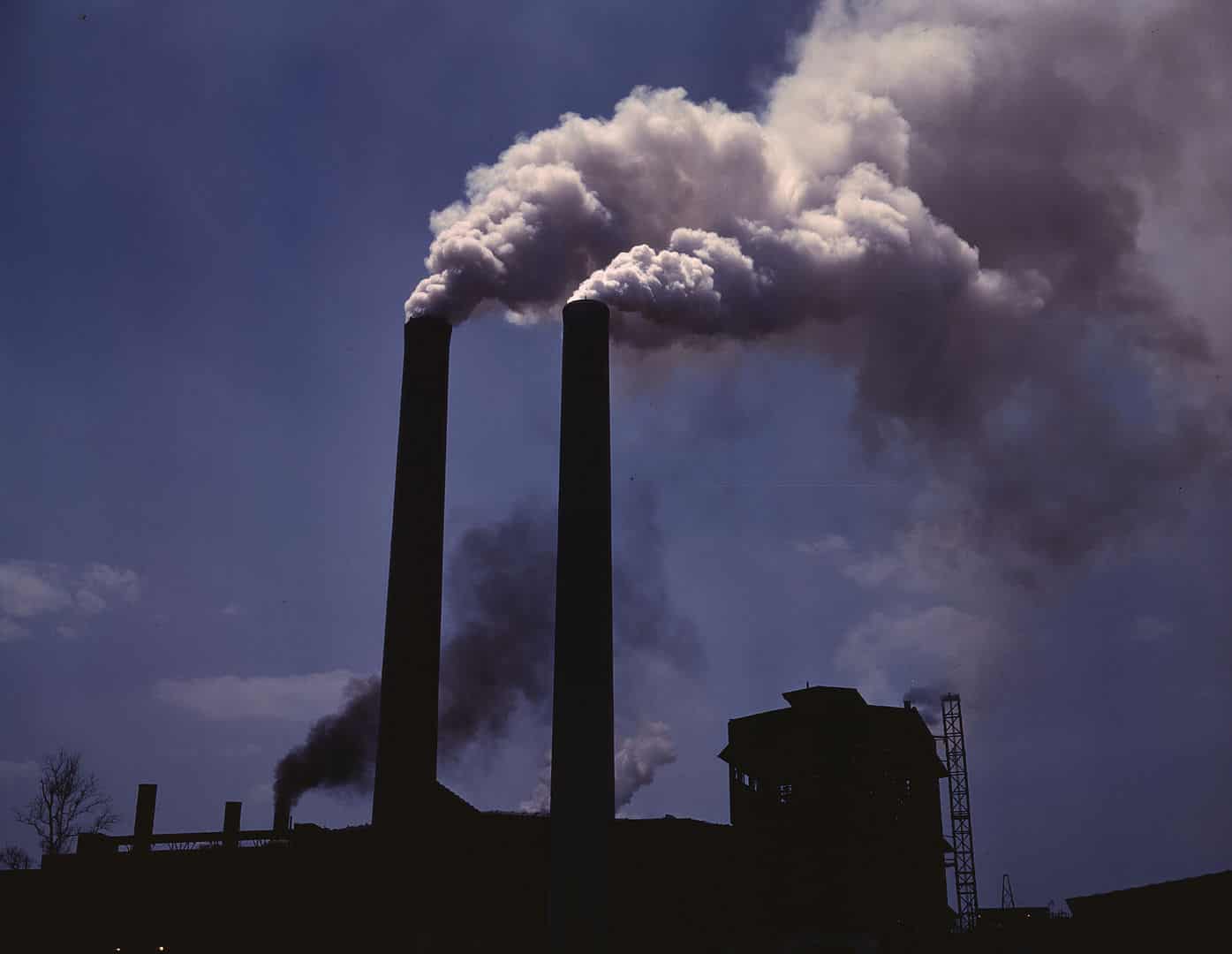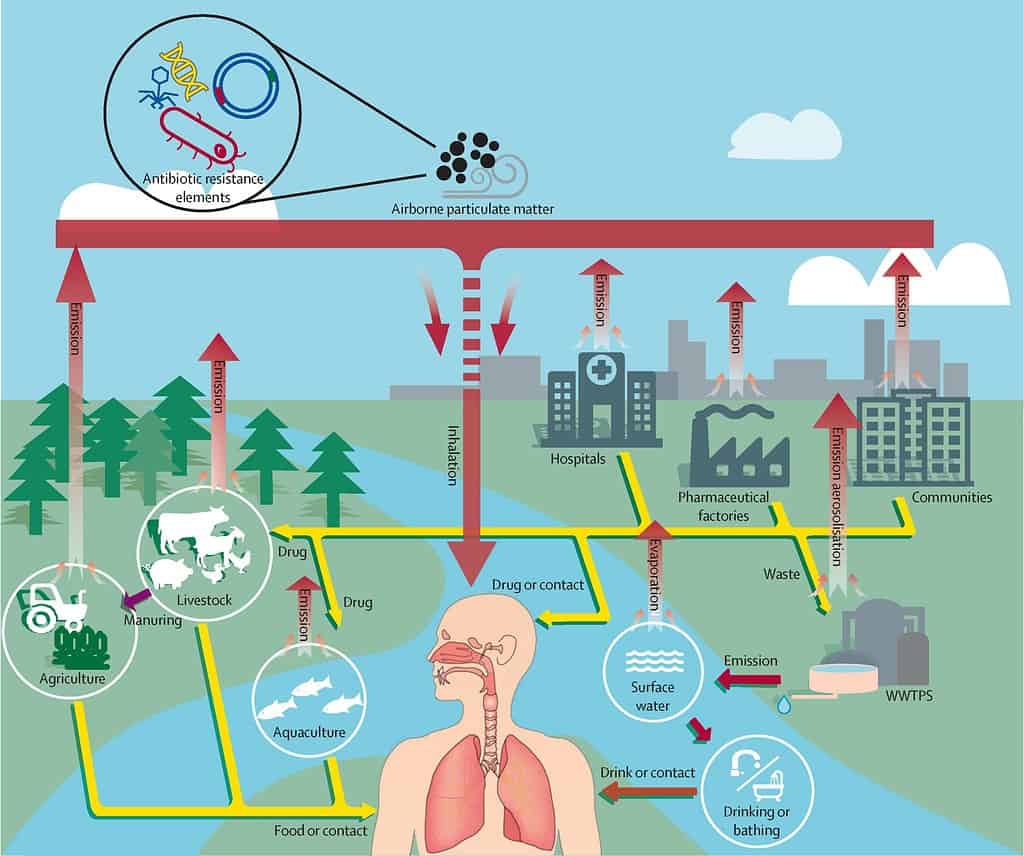Antibiotic resistance, one of the biggest threats to human health, is on the rise around the globe and air pollution may be one of the reasons why. Scientists in China and the UK found a significant correlation between airborne particulate matter and aggregate antibiotic resistance levels, a connection that they argue is present across the planet.
Essentially, for every 1% rise in air pollution, you get an increase in antibiotic resistance of between 0.5 and 1.9%.

The modeling study, published in The Lancet Planetary Health, shows how the environment plays a key role in spreading antibiotic-resistant bacteria. This presents a new pathway to tackle antibiotic resistance by reducing air pollution, the researchers said. In fact, premature deaths linked to resistant bacteria could be reduced by over 20% by 2050.
“Until now, we didn’t have a clear picture of the possible links between the two, but this work suggests the benefits of controlling air pollution could be two-fold. Not only will it reduce the harmful effects of poor air quality, it could also play a major role in combating the rise and spread of antibiotic-resistant bacteria,” lead study author Hong Chen said in a news release.
A combined problem
Antibiotic resistance occurs when bacteria that have been exposed to certain medications develop mechanisms to protect themselves against those medications over time. Each generation, most bacteria exposed to the antibiotic will die but a few may survive. Those survivors go on to reproduce, creating a new generation more resistant than the last. This process repeats and eventually the effectiveness of the medication employed to combat the infection diminishes.
Meanwhile, particle pollution refers to the intricate blend of solid and liquid droplets suspended in the air. This mixture encompasses elements like dirt, dust, soot, and smoke. Some of the sources of particulate pollution include agricultural activities, wildfires, coal and natural gas-fired plants, vehicles, unpaved roads and construction sites.
The study, conducted by Chen and colleagues from Zhejiang University and the University of Cambridge, comes after previous studies that found antibiotic-resistance genes in source-specific and ambient air. A study in 2018, for example, found the presence of 30 antibiotic-resistance gene subtypes in air samples collected in 19 cities in 13 countries.
Just like people can be exposed to resistant bacteria through food and water, the researchers believe people can also be exposed to bacteria trapped in airborne fine particulate matter (PM2.5) – the most dangerous airborne pollutant. It’s the first study that estimates the global association between PM2.5 and antibiotic resistance.
“The air environment can cross regional boundaries and spread antibiotic resistance over long distances and on a large scale, which could be a crucial link between the dissemination of environmental and human antibiotic resistance,” the researchers wrote.
Getting into the data
In their study, the researchers worked with data collected from 116 countries from the year 2000 to 2018, including antibiotic resistance data on over 11 million tested isolates covering nine bacteria pathogens and 43 types of antibiotic agents. As well as air pollution, they also evaluated data on other factors, such as antibiotic use, economics, education and climate.
They found that an increase in 1% of PM2.5 across regions was linked to increases in resistance ranging from 0.5% to 1.9% in each of the nine pathogens. The study also showed that the contribution of PM2.5 to antibiotic resistance is greater than any other individual factor.

Overall, they estimated that antibiotic resistance from PM2.5 caused an estimated 480,000 premature deaths and 18.3 million years of life lost in 2018. This led to an economic cost of $395 billion. The highest level of antibiotic resistance was found in North Africa, the Middle East and South Asia, while in Europe and North America, the levels are low.
The researchers then ran a series of simulations to predict the potential impact of PM2.5 on antibiotic resistance and premature deaths in the future. In a scenario where no measures were taken to mitigate air pollution, and other variables remained constant, by 2050, there could be a 17% increase in antibiotic resistance and a 56.4% rise in premature deaths caused by resistant pathogens.
On the other hand, if countries were to adopt policies curbing the annual PM2.5 concentration to 5 micrograms per cubic meter, the researchers projected a 16.8% reduction in global antibiotic resistance and a 23.4% decline in associated deaths compared to the baseline scenario. North Africa and West Asia would experience the greatest benefits.
“Together, these results suggest that, although measures of other drivers of antibiotic resistance are still needed, controlling PM2.5 could be a promising way to reduce global antibiotic resistance,” the researchers wrote.









